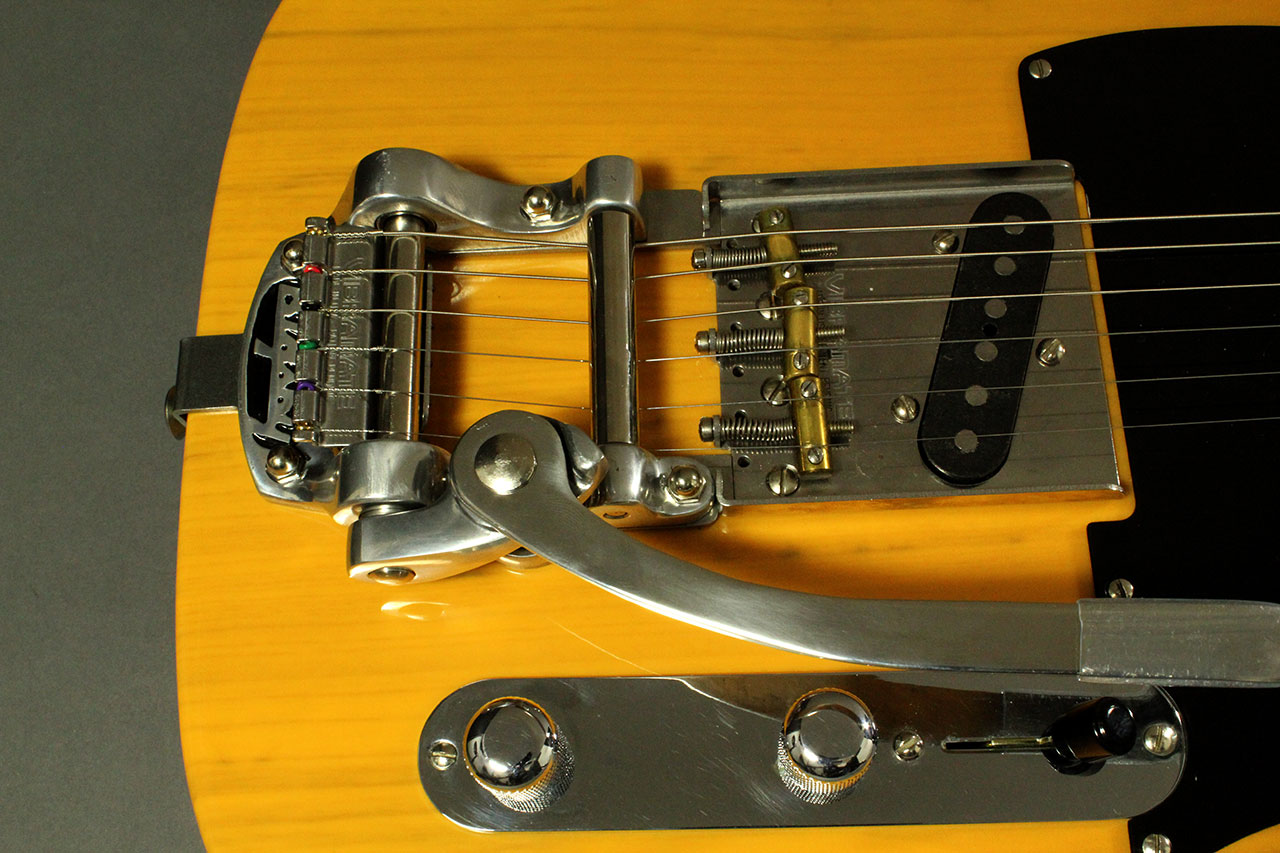

- #MUSTANGE FENDER SERIAL NUMBER LOCATION SERIAL NUMBERS#
- #MUSTANGE FENDER SERIAL NUMBER LOCATION REGISTRATION#
- #MUSTANGE FENDER SERIAL NUMBER LOCATION SERIES#

Such neck plates are usually found on guitars manufactured between late ’57 and early ’59. Some neck plates are actually “double stamped” and feature a different number on each side, i.e.They are usually found on late ’56 and ’58 guitars Some number (in the 10000s and 20000s) are preceded by a dash or minus sign, i.e.Some batches, however, were delivered to the factory with peculiar features. As Fender’s production grew, large quantities of pre-stamped neck plates were ordered and stored at the end of the assembly line.
#MUSTANGE FENDER SERIAL NUMBER LOCATION SERIES#
The second part of the original series runs from 1955 until about 1963, with 4 and 5-digit serial numbers, roughly progressing in consecutive order from the 6000s through 99999. The transition was completed over ’54 and early ’55 and by 1955 all guitars and basses shared a common serialization scheme. the one used for the Telecaster family, which at that time ha produced numbers in the 5000s.
#MUSTANGE FENDER SERIAL NUMBER LOCATION SERIAL NUMBERS#
Fender then began to incorporate its serial numbers into one common scheme, i.e. In the course of 1954 it was decided both to move all serial numbers onto the upper edge of the neck plate and to discontinue the use of three distinct series for each model family. On pre-1955 Fender guitars, neck dates are generally pencilled in black, but sometimes also in red or green. August 1954) on a Stratocaster with s/n 0971 March 1954) on a Telecaster with s/n 4198 In early 1954 the day was dropped from the date pencilled on the neck and only the month and year of production were then indicated in writing. April 23, 1953) on an Esquire with s/n 4551 October 30, 1950) on a Broadcaster with serial number 0115 Therefore, it is advised to check out the date pencilled on the neck, under the truss-rod bold: For example: This holds true for the early 4-digit Fender, which alone are fairly unhelpful to pinpoint the age of pre-1955 models (except the Stratocaster released in Spring 1954).
#MUSTANGE FENDER SERIAL NUMBER LOCATION REGISTRATION#

Beginning in late 1954, a common numbering Consequently, the same number can be found onĭifferent models made at different times between 19. Serialization scheme, but each model (or “family”) had a series of its own. The “original” series is actually divided into two periodsĪs the instruments introduced before 1955 were not registered into a common


 0 kommentar(er)
0 kommentar(er)
